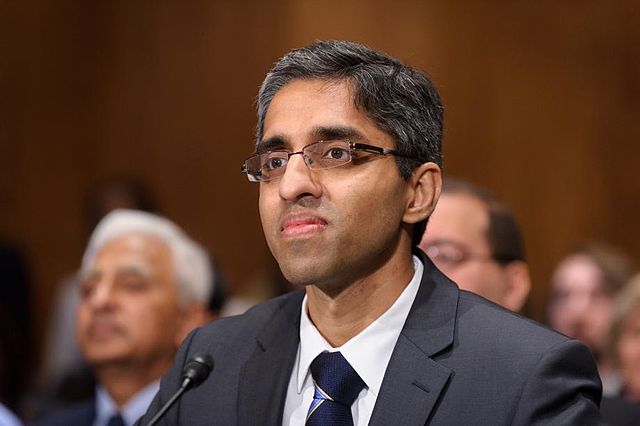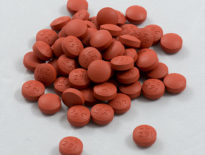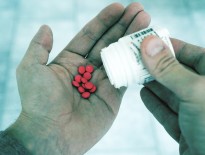
Photo credit: Wikimedia Commons, public domain
In 1964 the Surgeon General issued a report on smoking, summarizing the scientific evidence demonstrating the health risks of tobacco use. Scientifically, nothing in that report was new. It was a review of what was already known. But it had a profound societal effect by publicizing a health risk that had been until then largely ignored. Education, health policy, and the advice of many individual doctors were transformed.
This week the Surgeon General released a report about drug and alcohol misuse and addiction. Like the 1964 report, there is nothing scientifically new. But it is a sobering reminder of the scale of the addiction epidemic that we face.
The annual deaths from alcohol misuse has climbed to 88,000 in the US, and the number of deaths from drug overdoses to 47,000. Both are higher than the number of deaths from car accidents. Almost 21 million people in the US have a substance use disorder, which is about the same as the number with diabetes, and more than the number with all types of cancer combined. Alcohol and drug misuse cost the US more than $400 billion annually in health care, criminal justice, and lost productivity. Prescription pain medications are a big part of the problem. There were 259 million prescriptions written in 2015 for opiate pain medications. There were almost 30,000 lethal overdoses in 2014 due to heroin and pain medicines.
Public understanding and political reaction to this epidemic have been slow to build, partially because of the mistaken perception that it affected primarily the poor. (Even if true, this would be a terrible reason to disregard the problem.) But as the report shows, substance misuse affects all socioeconomic and ethnic groups. It affects our cities and our rural areas. It affects our slums and our elite exurbs.
But the report also highlights some reasons for optimism. Research has brought us more knowledge than ever about the biology, psychology and sociology underpinning the prevention, treatment, and recovery of substance misuse. Addiction is a chronic but treatable psychiatric disease that responds to behavioral and medical intervention. Effective community-based programs exist, but in woefully inadequate supply, and only about 1 in 10 people with a substance use disorder receives any type of treatment. Part of the problem of course, is that many who need treatment believe that they don’t.
The pathway forward is likely to be exceedingly complex. Making significant progress will likely require treatments that address medical, behavioral, and social problems. Acute treatment of addiction is well understood and simply needs to be delivered to many more people. The challenge of prevention is convincing kids who know only addicts that there is another path. The challenge of recovery is constructing support systems that can persuade recovering addicts to postpone their relapse for one more day.
If we are diligent and fortunate, perhaps in 50 years we will look back on this report as the turning point in this national epidemic.
Learn more:
Surgeon General Murthy Wants America To Face Up To Addiction (Shots, NPR’s health blog)
How Prescription-Drug Abuse Unleashed a Heroin Epidemic (National Review)
Surgeon General Says Addiction Crisis a ‘Moral Test for America’ (Time)
Surgeon General’s Report on Alcohol, Drugs, and Health (JAMA Network editorial)
Facing Addiction in America: The Surgeon General’s Report on Alcohol, Drugs, and Health (US Dept. of Health and Human Services)

